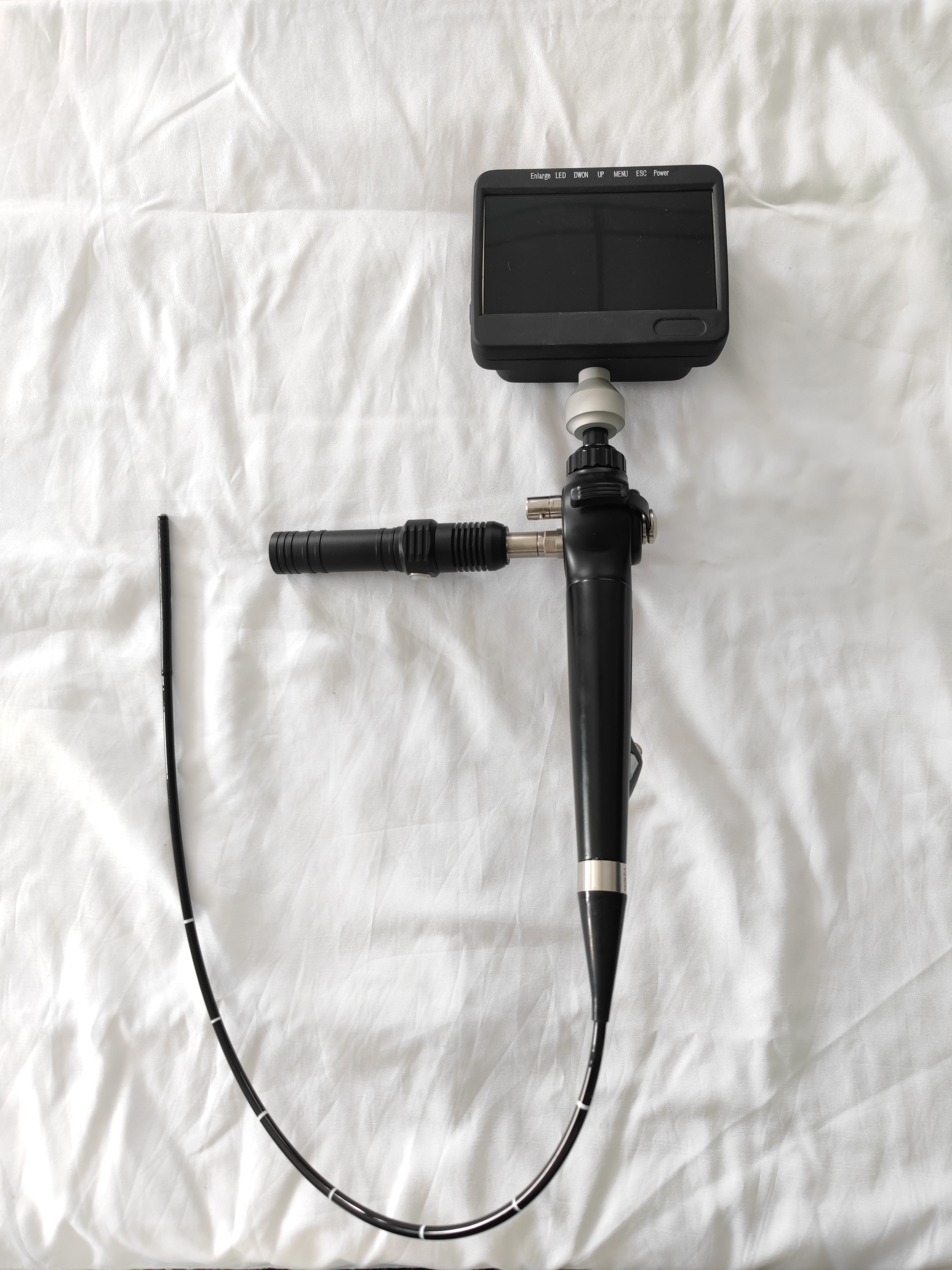Advancements in medical technology have paved the way for significant improvements in diagnosing and treating various medical conditions. Among these innovations, portable cystoscopy has emerged as a groundbreaking tool in urological diagnostics. This portable device offers a convenient and efficient approach to conducting cystoscopy procedures, ensuring enhanced patient care and streamlined healthcare practices.
Understanding Portable Cystoscopy
Cystoscopy is a commonly performed procedure that allows urologists to examine the urinary bladder and urethra using a specific instrument called a cystoscope. Traditionally, cystoscopy was performed using a rigid cystoscope, which required patients to visit a hospital or a medical facility for the procedure. This often caused inconvenience to patients and increased the workload for healthcare professionals.
Portable cystoscopy aims to overcome these limitations by utilizing a flexible cystoscope connected to a portable monitor and power supply. This technology enables healthcare providers to perform cystoscopy in a clinic, outpatient setting, or even in the patient’s own home, eliminating the need for hospital visits.
Benefits and Advantages
1. Enhanced Patient Comfort: One of the primary advantages of portable cystoscopy is its ability to provide patients with greater comfort during the procedure. The flexible cystoscope significantly reduces discomfort and pain compared to rigid cystoscopes. Moreover, being able to undergo the procedure at home or in a familiar environment alleviates anxiety and stress associated with hospital visits.
2. Convenient and Accessible: Portable cystoscopy offers unparalleled convenience to patients, particularly those residing in remote areas or with limited access to healthcare facilities. This technology enables urologists to reach patients in their own setting, ensuring timely and accurate diagnosis without the need for patients to travel long distances.
3. Cost-Effectiveness: By reducing the need for hospital visits, portable cystoscopy contributes to cost savings for both patients and healthcare systems. This technology minimizes hospital resource utilization, freeing up facilities for more critical cases and reducing overall healthcare expenses.
4. Streamlined Workflow: Integrating portable cystoscopy into the urological practice significantly improves workflow efficiency. Urologists can perform procedures in various settings, allowing for flexible scheduling and improved patient management. This mobility promotes better allocation of resources and reduces waiting times for patients.
5. Diagnostic Accuracy: Portable cystoscopy provides high-quality imaging, rivaling that of traditional cystoscopy. Urologists can visualize abnormalities in real-time and capture high-resolution images or videos for further analysis. This accuracy enhances diagnostic capabilities, allowing for early detection and intervention in urological conditions.
Challenges and Future Prospects
While the advent of portable cystoscopy has reshaped the field of urology, a few challenges remain. The cost of the equipment may be prohibitive for smaller clinics or healthcare providers, limiting widespread adoption. Moreover, ensuring adequate training and proficiency among urologists in utilizing portable cystoscopy is crucial to maximize its benefits.
However, these hurdles are likely to be overcome as technology advances and costs reduce over time. With continued development in portable cystoscopy, we can expect further miniaturization and increased capabilities, including the integration of artificial intelligence for enhanced diagnostics.
Conclusion
Portable cystoscopy represents a remarkable advancement in urological diagnostics, bringing numerous benefits to both patients and healthcare providers. This technology promotes patient comfort, convenience, and accessibility while streamlining workflow and reducing healthcare costs. As portable cystoscopy continues to evolve, it has the potential to revolutionize the diagnosis and management of urological conditions, ultimately leading to improved patient outcomes and a new era of patient-centered care.

Post time: Aug-02-2023

